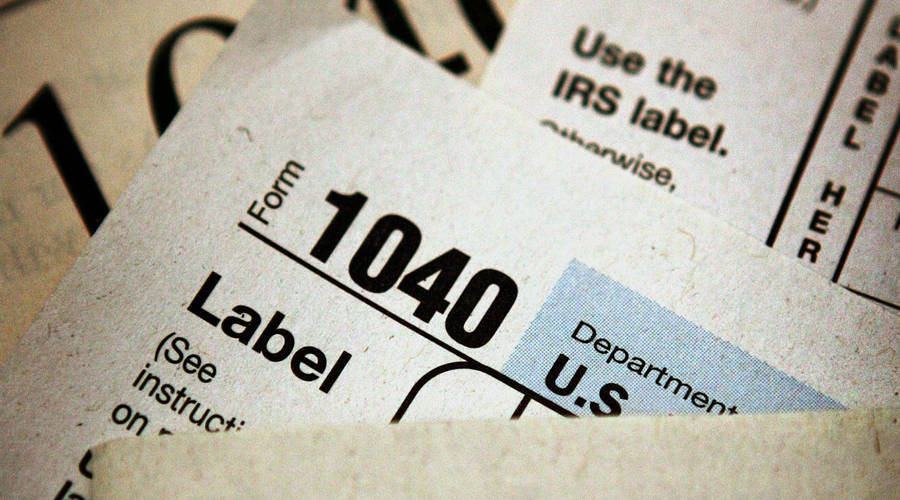On December 22, 2017, President Trump signed into law H.R. 1, the sweeping tax reform legislation commonly referred to as the Tax Cuts and Jobs Act (the “Act”). As we previously wrote (and as widely discussed throughout the nonprofit sector), earlier drafts of the bill proposed major changes to the Internal Revenue Code (the “Code”), including provisions directed at exempt organizations. While many of the proposed changes were excluded from the final version of the bill, the Act contains several provisions that will affect exempt organizations as early as January 1, 2018. Here, we highlight some of them:
1. New excise tax on excess executive compensation. The Act adds Code Section 4960 that imposes a 21 percent excise tax on an applicable exempt organization for compensation paid in excess of $1 million to certain highest compensated employees (referred to as “covered employees”). “Covered employees” means any current or former employee that is one of the five highest compensated employees of the organization for the taxable year, or any preceding taxable year beginning after December 31, 2016. Compensation for this purpose includes compensation paid by a related organization. There is a special exception for compensation paid to a licensed medical professional for medical or veterinary services. The new tax also applies to any “excess parachutes payments,” as defined by the new law.
This new provision applies to organizations exempt from taxation under Section 501(a), Section 521(b)(1) farmers’ cooperatives, entities that have income excluded from taxation under Section 115(1), and Section 527(e)(1) political organizations.
2. New excise tax on the net investment income of private colleges and universities. The Act adds a new Code Section 4968 that imposes a 1.4 percent excise tax on the net investment income of certain applicable educational institutions. The excise tax applies to private colleges and universities that had at least 500 students during the preceding taxable year, more than 50 percent of which are located in the United States, and an aggregate fair market value of assets at the end of the preceding taxable year (other than those assets which are used directly in carrying out the institution’s exempt purpose) of at least $500,000 per student.
3. Unrelated business taxable income must be separately computed for each trade or business activity. An exempt organization with more than one unrelated trade or business can no longer aggregate the income and deductions from all unrelated business activities in computing its unrelated business taxable income. The Act amends the unrelated business income provisions by adding a new paragraph in Code Section 512(a)(6) that requires exempt organizations with one or more unrelated trades or businesses to compute unrelated business taxable income separately with respect to each unrelated trade or business, including for purposes of determining any net operating loss deduction.
4. Certain fringe benefits to employees will be treated as unrelated business income. The Act adds a new paragraph in Code Section 512(a)(7) that requires an exempt organization to include as unrelated business taxable income any amounts paid or incurred by the organization for the following fringe benefits (provided that a deduction is not allowable under Code Section 274): any qualified transportation fringe, any parking facility used in connection with qualified parking, or any on-premises athletic facility. This new provision does not apply to amounts directly connected with an unrelated trade or business which is regularly carried on by the organization.
It is also worth mentioning some of the earlier provisions considered by the House and/or Senate that did not make it into the final version of the Act:
- Loophole to the Johnson Amendment that would allow 501(c)(3) organizations to make statements related to political campaigns, provided that they were made in the ordinary course of the organization’s regular and customary activities in carrying out its exempt purpose and the organization incurred no more than de minimis incremental expenses.
- Additional annual reporting requirements for sponsoring organizations of donor-advised funds (“DAFs”) regarding the average amount of grants made from DAFs and whether the sponsor had a policy with respect to frequency and minimum level of DAF distributions.
- Modification to the unrelated business income provisions to include licensing revenue from the use of an exempt organization’s name or logo as unrelated business taxable income.
- Changes to the intermediate sanctions regime, including elimination of the rebuttable presumption of reasonableness, expansion of the rules to cover Section 501(c)(5) and 501(c)(6) organizations, and a new 10 percent excise tax imposed on the organization.
- 1.4 percent excise tax on private foundation net investment income to replace the current two-tier excise tax structure.
- Exception from the private foundation excess business holding tax for a business enterprise that is wholly owned by a private foundation (and the private foundation’s ownership interests were not acquired by purchase), if all net operating income is distributed to the foundation and the business meets certain requirements for being independently operated (often referred to as the “Newman’s Own” exception). (This exception was later included in the Bipartisan Budget Act of 2018, which was signed into law on February 9, 2018. The exception as enacted is described in more detail here.)
- Requirement that an organization operating an art museum as a substantial activity must be open to the public for at least 1,000 hours during the taxable year in order to qualify for private operating foundation status.
- Elimination of tax exemption under Section 501(c)(6) for professional sports leagues.
We eagerly await further guidance from the IRS on the newly enacted tax reform laws.



